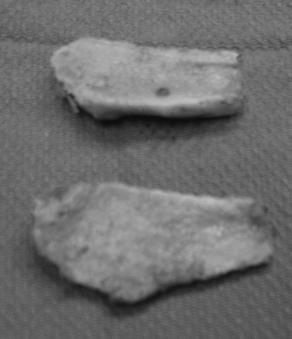Current Concepts and Techniques in Foot and Ankle Surgery
An Overview of Bone Grafting Techniques for the Diabetic Charcot Foot and Ankle
Keywords
• Bone graft • Autogenous bone • Allogenic bone • Diabetes mellitus • Charcot foot • Reconstructive surgery
Autogenous bone grafting for the diabetic Charcot foot and ankle
Autogenous bone graft remains the gold standard because of complete histocompatibility and no chance for disease transmission; however, its shortcomings include donor-site morbidity, limited supply, and increased surgical time.1 Fred Albee2 first described human autologous bone grafting in 1914 in which a patient’s tibial bone was used for their spinal fusion. Today, types of autograft include cortical, cancellous, vascularized, and bone marrow aspirate. Autogenous cancellous graft is typically used as a nonstructural graft, frequently seen in arthrodesis. Cortical autograft provides structural support, therefore, allowing its use to span defects.
The most commonly used autogenous bone graft is the iliac crest (ICBG), which is harvested from either the anterior or posterior aspects and can be taken in the specific shape to span the defect.3 For ankle arthrodesis in patients with CN, the ICBG is typically harvested from the contralateral side.4 A study by El-Gafary and colleagues5 on 20 patients with chronic CN deformities successfully used external fixation and corticocancellous bone graft harvested from the iliac crest for arthrodesis sites after debridement of necrotic and loose bone at the midfoot, hindfoot, and/or ankle. Shah and colleagues6 used ICBG with monolateral external fixation or intramedullary nailing for ankle arthrodesis in 11 patients with chronic CN. Despite the advantages and versatility of ICBG, its complications at the donor site have been well reported, including infection, pain, sensory loss, hematoma formation, blood loss, and extended operating time.3
The disadvantages associated with ICBG have led to increased use of alternate harvest sites. Simon and colleagues7 demonstrated successful tarsometatarsal arthrodesis using autologous cancellous graft harvested from the proximal tibia and internal fixation in 4 patients for the treatment of acute CN, whereas Deresh and Cohen8 demonstrated successful midfoot and hindfoot arthrodesis using corticocancellous autograft harvested from the distal tibia for CN reconstruction.
The fibula can also be harvested for use as a cortical strut graft; however, postoperative complications in the literature have included differing degrees of pain and muscle weakness.9 Jeong and colleagues10 demonstrated stable CN ankle fusion using nonvascularized fibular graft with external fixation (Fig. 1). Free vascularized fibula graft provides better mechanical support because of earlier incorporation and has been reported in ankle arthrodesis for salvage following extensive osteomyelitis.11 Small amounts of cancellous bone can be harvested from the calcaneus, with the lateral wall as the most common harvest site; however, other autogenous bone graft sites are considered better sources because of the limited amounts available for harvest and the possibility of interference with common arthrodesis sites in CN foot and ankle reconstruction.12
Stay updated, free articles. Join our Telegram channel

Full access? Get Clinical Tree









